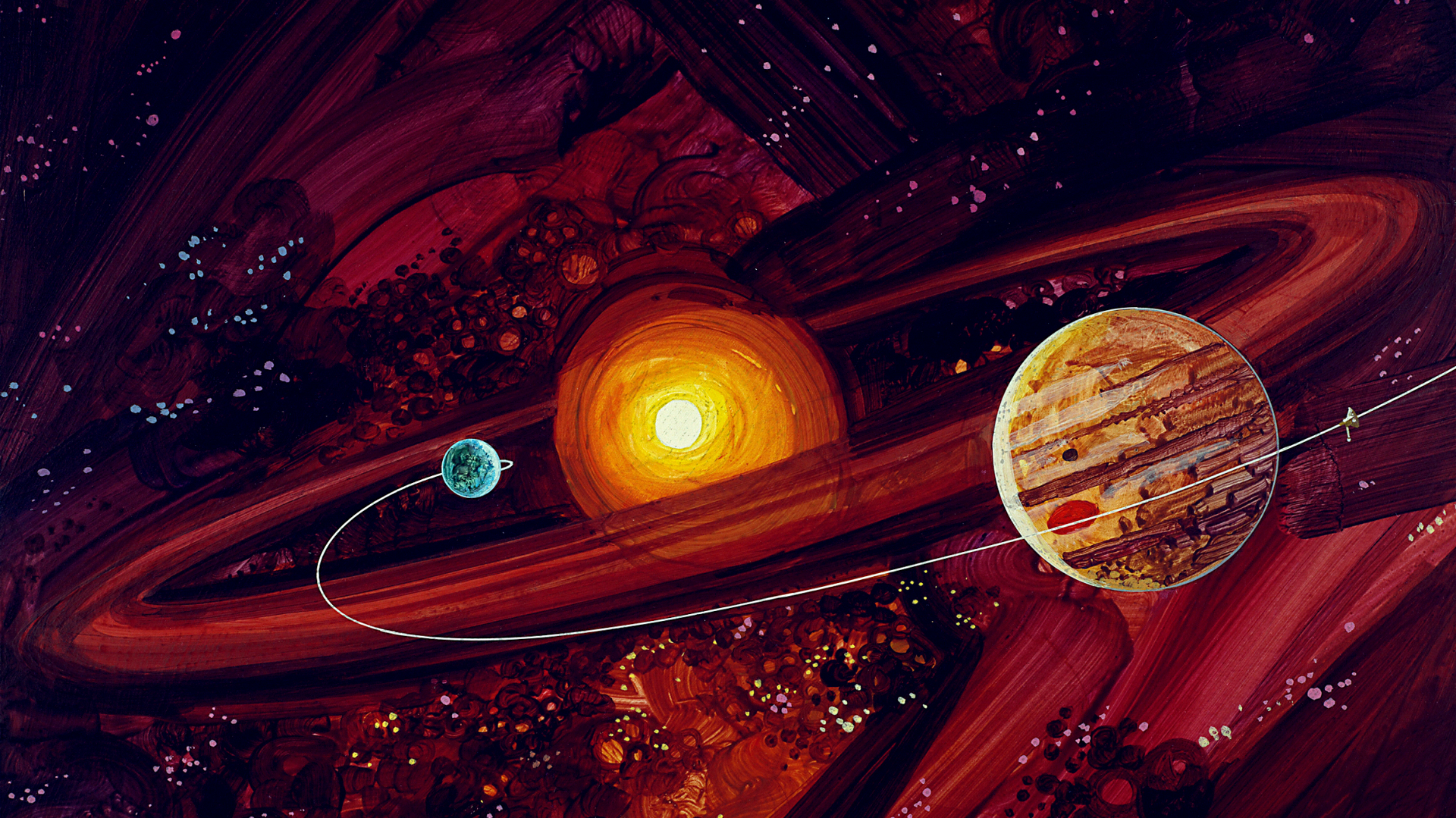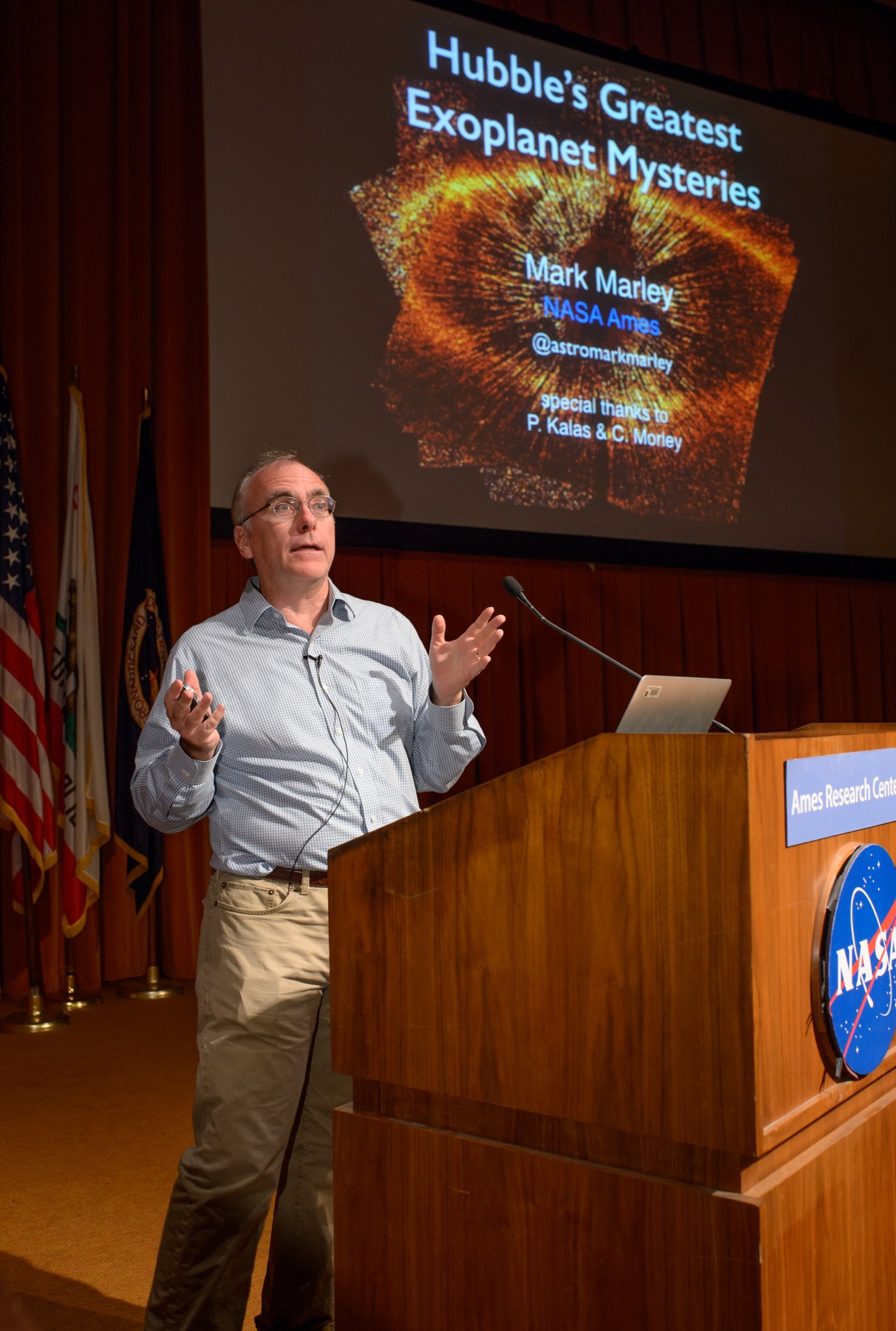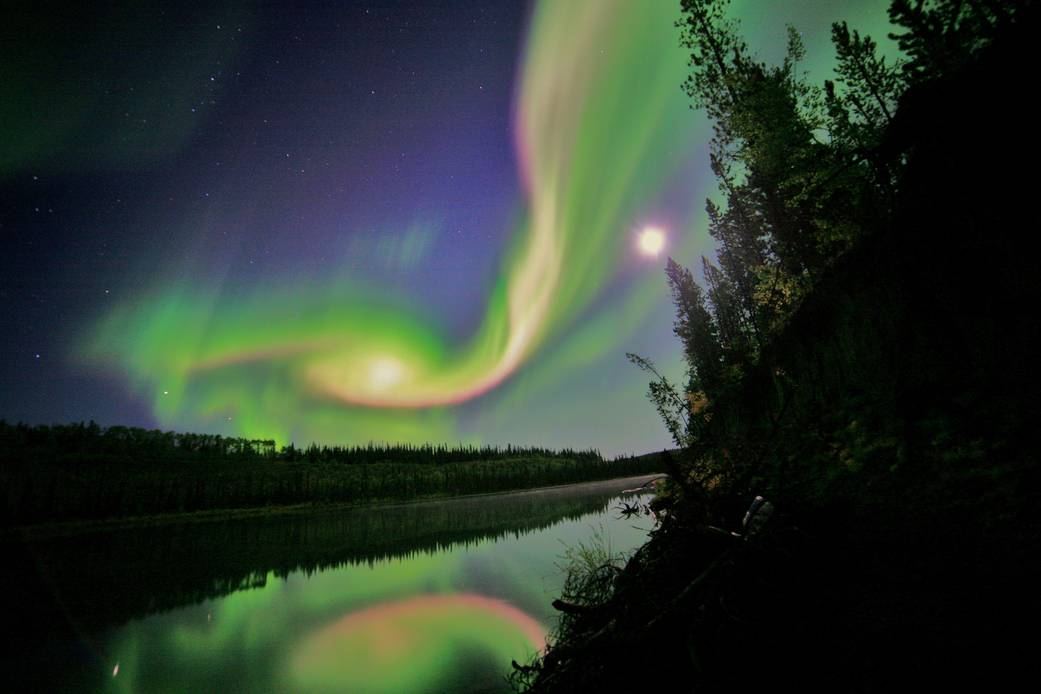Mark Marley: Hubble’s Greatest Exoplanet Mysteries
When the Hubble Space Telescope launched 25 years ago, the world was unaware what a profound impact it would have on our understanding of the universe. Named after Edwin Hubble, who discovered the universe was expanding, this instrument became humanity’s observatory in orbit and vastly redefined our perspective of our place in the cosmos. Famous for its mesmerizing pictures, Hubble gave humanity the clearest picture of the cosmos, inspiring scientists and the public alike. These images became a part of our society, outlining the beauty of the universe. Hubble’s data feeds many different areas of research including topics where NASA Ames’ demonstrates expertise. Dr. Marley discussed Ames’ contributions to exoplanet research with Hubble data.
Abstract:
Conceived long before the first discovery of extrasolar planets, the Hubble Space Telescope has played a defining role in the study and characterization of extrasolar planets. From the precise measurement of the earliest planetary transits to the remarkable direct imaging of young extrasolar planets, Hubble has produced spectacular scientific results in the field of extrasolar planetary studies. This presentation will review some of Hubble’s most remarkable exoplanet results, focusing on two particularly unexpected discoveries: thick hazes in the atmospheres of some transiting planets and the puzzling extrasolar planet Fomalhaut b. This presentation will explain some of the theories that have been offered to account for such observations. A bright spot, found in 2008, in the disk surrounding the famous star Fomalhaut appeared on the cover of Science and was interpreted as an extrasolar planet. Yet, subsequent observations have confounded theoretical expectations and the true nature of this object is still unclear. The history of this famous exoplanet and what the object might be will be discussed. The presentation will conclude with a look to the future of exoplanet studies from space by the WFIRST space telescope, now under study by NASA.
Biography:
Dr. Mark Marley has a bachelor of science in geophysics and planetary science from the California Institute of Technology. He obtained his Ph.D. in planetary science from the University of Arizona where he studied Saturnian seismology. He came to Ames as a NASA postdoctoral fellow where he worked with the legendary Dr. Jim Pollack. In 1993, he left Ames for a faculty position in astronomy at New Mexico State University where he ultimately became an associate professor. In 2000, he had the opportunity to return to Ames as a research scientist, a position he has held ever since. Marley studies the atmospheres of brown dwarfs and extrasolar giant planets. At Ames, he has been awarded the NASA Medal for Exceptional Scientific Achievement for his research and the H. Julian Allen Award for studies of clouds in substellar atmospheres.


































